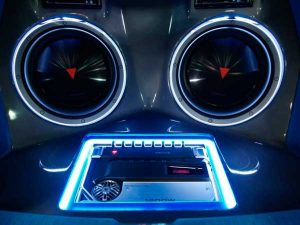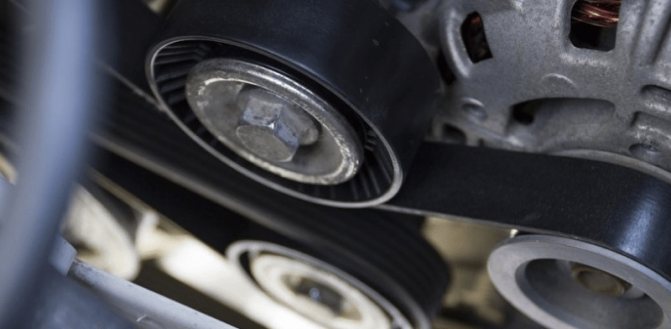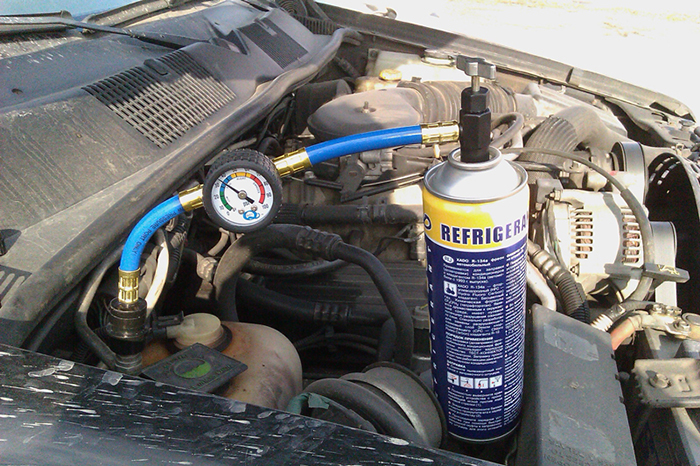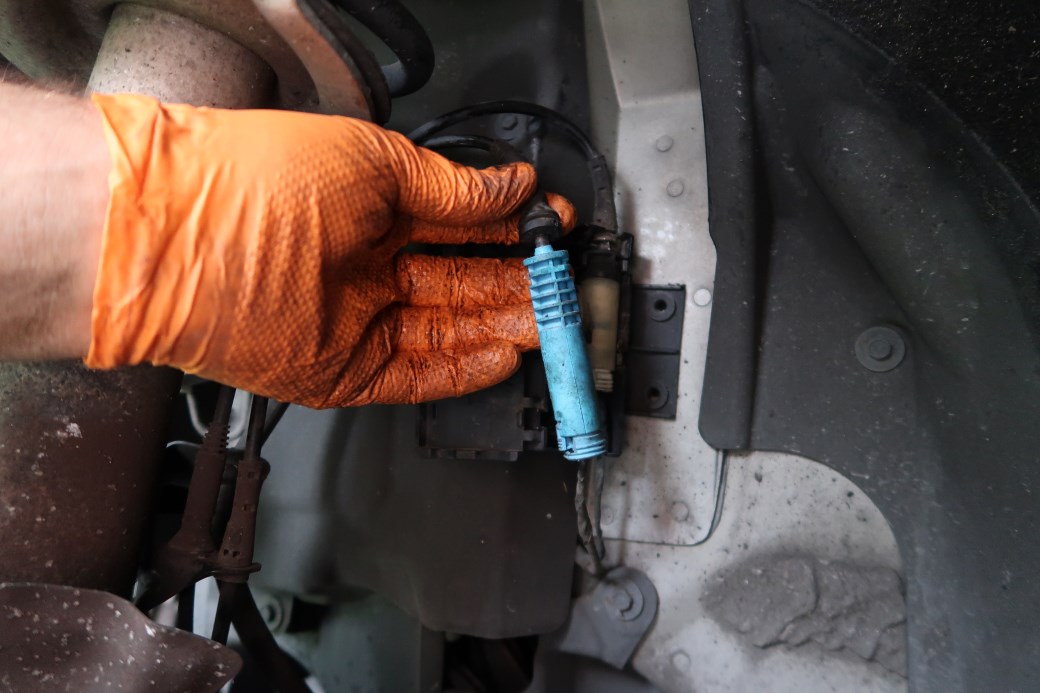 Many car owners are quite satisfied with the sound of the standard audio system of their car. But the real music lover will undoubtedly want something more. Let’s figure out how to make your car turned into a concert hall on wheels, and how much money it will take.
Many car owners are quite satisfied with the sound of the standard audio system of their car. But the real music lover will undoubtedly want something more. Let’s figure out how to make your car turned into a concert hall on wheels, and how much money it will take.
As a rule, in the mass market automakers pick up audio systems, focusing on the average consumer: the main thing that you can listen to the radio, sometimes connect your phone via Bluetooth or USB flash drive. Engineers do not expect that you will listen to music at maximum volume and that you have an exceptional ear for music.
Even if the manufacturer puts a couple of additional speakers, it does not lead to a significant improvement in sound quality. And the installation of the owner bought in the nearest supermarket subwoofer also does not solve the problem. Ride, rattling trunk and flashing lights from the voltage subsidence in the onboard network, not cool. Audio preparation in the car is a sequential process. First, make vibration isolation, then change the speakers, and then add a subwoofer. If the stages are reversed, for example, to put good acoustics, but not to prepare the door, the effect will only worsen.
Vibration isolation
The first thing to start with is the damping and vibration isolation of doors, as well as the installation of regular speakers on thick rings of plywood or MDF. Wherein, we do not replace regular speakers and head unit. These simple manipulations allow you to add “depth” of sound. You can save money by doing everything yourself. Spending a couple hundred, you can add insulation: the cabin will be noticeably quieter.
If you plan to replace the speakers and the installation of a subwoofer, the vibration isolation only doors do not get off, you have to “roll” the whole car. For the doors will be enough vibration isolation with a thickness of 2 mm, and for the ceiling, floor, and it is desirable to have 4 mm for the tailgate. Such layer will increase the stiffness of the surfaces and get rid of the rattle of metal, plastic, and sheets.
Replacement of the audio system
A minimum set of components is required to achieve improved sound quality and volume while ensuring safe operation of the entire system. It includes good speakers, amplifier and three types of wiring – power, acoustic and interconnects cables. Of course, it will be better to change the head unit — the transmitted signal will become cleaner, and a more advanced device will help to configure the system for yourself more accurately.
It seems that your speakers are easy to replace – unscrew the old, put new. However, not everything is so simple. To replace the speakers, you need a whole range of works: lay the power cables (“+” and “–”) from the battery to the amplifier, which is likely to be installed in the trunk. If in the future you plan to install the subwoofer, it is better to take wire size a minimum of 35 mm² and better with a margin — 50 mm² and for sure from copper — they are better conductors. To it from the “radio” you need to lay interblock cables and then the acoustic wires from the amplifier to the speakers. Power and acoustic wires can be laid side by side, but the interconnects are laid separately — either on the other side of the car or on the central tunnel. You can also lay them through the ceiling. This is done to avoid “crosstalk” – when the generator work is heard through the speakers. The farther the interconnects from the power and acoustic, the better.
To protect yourself from possible short circuit, put a fuse on the positive lead no farther than 40 cm from the battery. On the reverse side, the amplifier already has its fuse.
It is better to choose a pop speakers. They have a large reserve of volume, with enough quality play. The diameter of the speakers will depend on the possibility of installing in your car.
Pop speakers are acoustics in which everything is aimed at maximum sensitivity and, therefore, loudness. They require relatively little power, and you will achieve inaccessible to conventional acoustics decibels. Properly tuned pop speakers play clearly and juicy, the difference in quality with coaxial acoustics you will not notice.
Selecting a subwoofer
Subwoofers happen to be for different purposes and tasks. But you should never buy ready-made options with built-in amplifier. You, to put it mildly, will upset. If you want more bass, you can pay attention to the budget models with a size of 15 inches and rated power up to 1000 watts (https://carinmydna.com/best-15-inch-subwoofer-under-200/). The amplifier to the “sub” must be selected with a 1.5-fold power reserve, which will help to avoid the “clip” — a distorted signal that is obtained when the device is at maximum. In a specialized workshop, will make a box for the subwoofer based on your musical preferences.
In the budget and middle price segment do not pay attention to the specified maximum power of the speaker – this is a marketing move to attract buyers. With this power, it can work for only a couple of seconds.
We highly recommend the installation of a voltmeter in a prominent place in the car – it will monitor the voltage drawdown in the network. It is necessary to connect to the most massive consumer — amplifier for the subwoofer. Amplifiers operate correctly only at a voltage of at least 12 volts. If the standard battery is not enough, it is better to replace it with AGM. This type of battery can give more current, and, accordingly, will be fewer drawdowns under load.
AGM (Absorbent Glass Mat) is a technology for the manufacture of lead-acid batteries. The difference between AGM batteries and classic ones is that they contain absorbed electrolyte, not liquid, which gives some advantages in their operation. The disadvantages of this type of battery are the price and weight. But there are more advantages: high recoil, very fast charge (for a full charge they need the output voltage of the onboard network 13.8–14.5 V), endurance, the ability to work generally up to -30 degrees, tightness (you can put on the side and not worry about harmful acid vapors, which is essential when installing the battery in the trunk).
So now, you get an excellent, detailed sound. The doors will no longer play to the music. Two amplifiers will be installed in the trunk – one for acoustics, the other for the subwoofer. The volume reserve will allow you to sound a small beach in the summer, and in the cabin, the rear-view mirror will shake from the low frequencies.


